As pet parents, we’re always on the lookout for ways to boost our cats’ well-being naturally. What if I told you there are safe herbs that could help keep your feline friend healthy and happy? Let’s dive into the world of cat-safe herbs and discover how these natural remedies can support your cat’s overall health—while being kind to the planet!
Understanding the Importance of Safety with Herbs for Cats
Herbs have been used for centuries to promote health and healing, but not all herbs are safe for our feline companions. While some herbs offer health benefits, others can be toxic and harmful to cats. It’s essential to know the difference to ensure you’re improving your cat’s well-being in a safe and natural way. Always consult with a veterinarian before introducing any new herbs into your cat’s diet or environment. In this guide, we’ll explore the top herbs that are not only safe but also beneficial for cats.
Top 7 Herbs Safe for Cats
1. Catnip (Nepeta cataria)
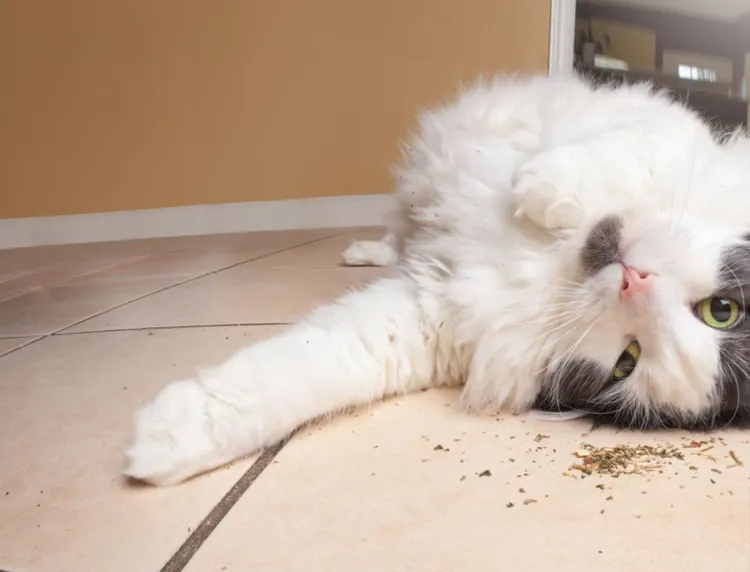
Catnip is a well-known herb that can send some cats into an ecstatic frenzy. This herb contains a compound called nepetalactone, which can stimulate a cat’s sensory neurons, creating feelings of euphoria. Not only is it safe, but it also provides mental stimulation and stress relief.
- How to use: Sprinkle dried catnip on toys, scratching posts, or bedding, or grow your own organic catnip plant for an eco-friendly option.
- Eco-friendly tip: Grow catnip in your garden using organic soil and minimal pesticides, reducing your ecological footprint while keeping your cat entertained.
2. Valerian Root (Valeriana officinalis)
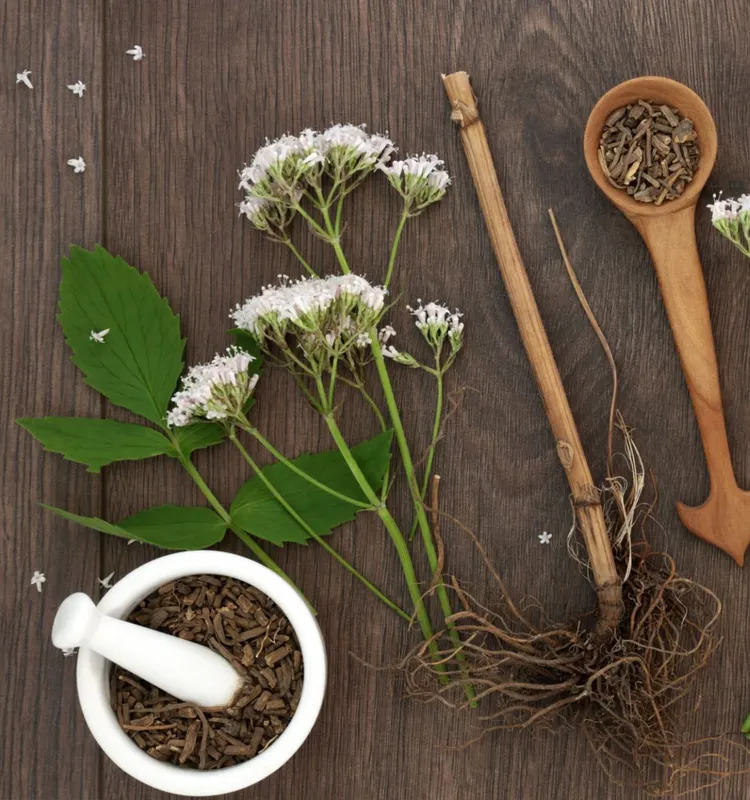
Another beneficial herb for energizing your cat, especially if they are on the lazy side, works much like catnip by providing a natural stimulant effect. It’s ideal for encouraging a more active lifestyle in cats who might need a little extra motivation to play and move around.
- How to use: Offer valerian root in toys or use it as a treat by sprinkling a small amount on their favorite play area.
- Eco-friendly tip: Opt for organic valerian root from sustainable farms to ensure you’re reducing environmental harm while giving your cat a natural boost.
3. Chamomile (Matricaria chamomilla)
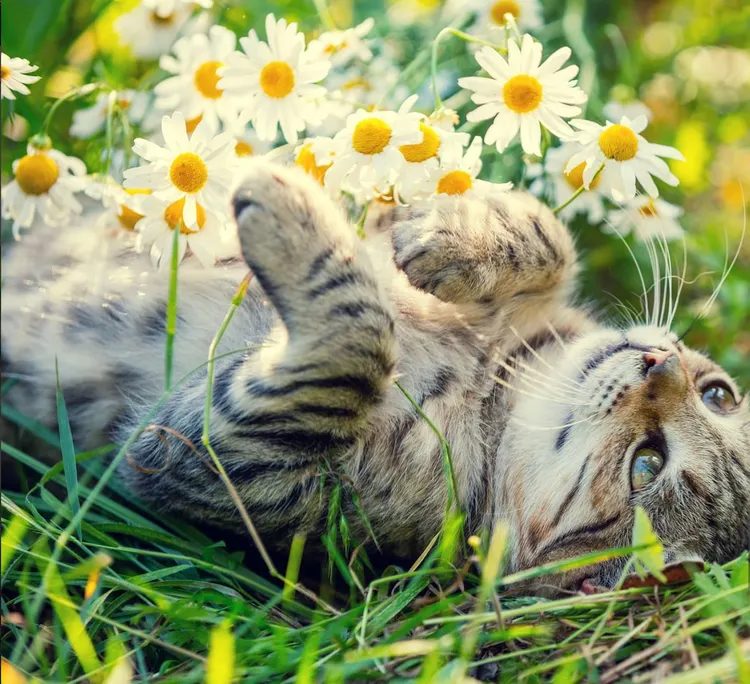
Chamomile is known for its calming properties, making it a great option for cats dealing with anxiety or stress. This herb can help soothe your cat’s nerves, making it especially useful in multi-cat households or during events like fireworks or travel.
- How to use: Brew a mild chamomile tea and offer a few drops to your cat (after it cools), or use a diffuser with organic chamomile oil to create a calming environment.
- Eco-friendly tip: Choose organic chamomile to avoid harmful pesticides and chemical residues. You can also grow your own chamomile at home using sustainable gardening practices.
4. Licorice Root (Glycyrrhiza glabra)
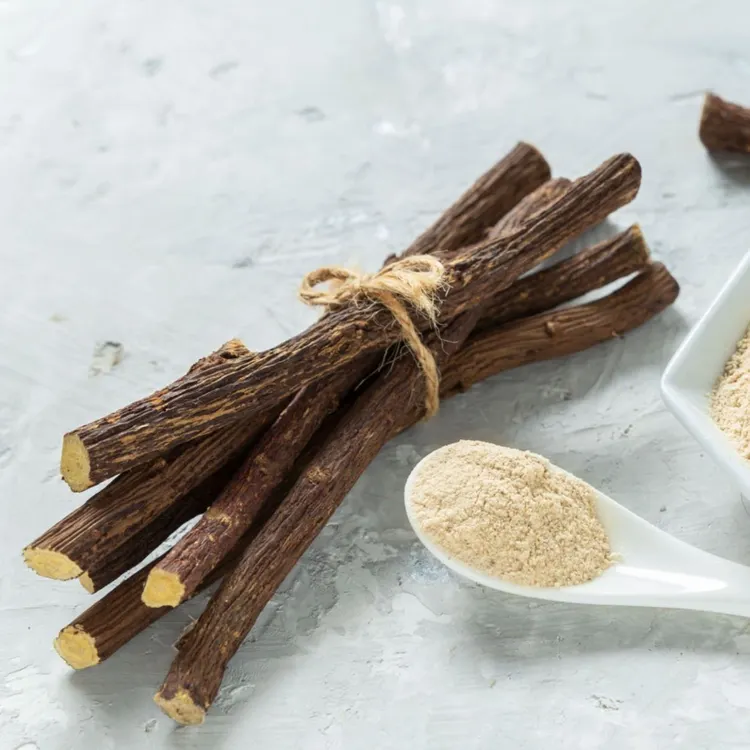
Licorice root has natural anti-inflammatory properties, making it an excellent herb for cats suffering from arthritis or respiratory issues. It can also help soothe digestive problems and support overall immune function.
- How to use: Mix a small amount of licorice root powder into your cat’s food or make a tea and administer it in small doses under your vet’s guidance.
- Eco-friendly tip: Purchase licorice root from ethical sources that focus on organic, sustainable farming to ensure you’re supporting both your cat’s health and the environment.
5. Dandelion (Taraxacum officinale)
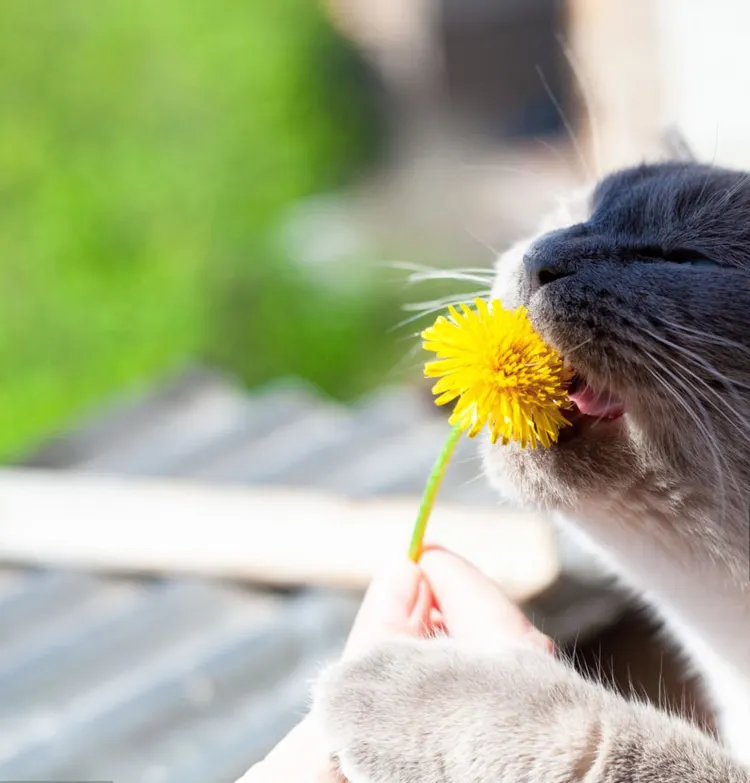
Dandelion is often seen as a pesky weed, but it’s actually a nutritional powerhouse! This herb is rich in vitamins and minerals and is known to support liver function and digestion in cats.
- How to use: Fresh dandelion greens can be added to your cat’s food in small amounts or brewed into a mild tea.
- Eco-friendly tip: Harvest dandelions from your garden (as long as they haven’t been treated with chemicals) or source them from an organic grower. By using what grows naturally, you reduce waste and promote sustainability.
6. Parsley (Petroselinum crispum)

Parsley is another safe and beneficial herb for cats. It’s packed with vitamins and helps support urinary health and digestion. This is especially helpful for cats prone to urinary tract infections.
- How to use: Fresh parsley can be finely chopped and mixed into your cat’s food, or you can brew a mild tea and offer a few drops.
- Eco-friendly tip: Grow parsley at home in small pots or a garden bed, ensuring it’s organic and free from harmful chemicals.
7. Rosemary (Rosmarinus officinalis)

Rosemary is a natural flea repellent, making it a fantastic eco-friendly alternative to chemical-laden flea treatments. While cats should not ingest large amounts of rosemary, small amounts used externally can provide excellent flea protection.
- How to use: Add a few drops of rosemary oil to a natural pet shampoo or sprinkle dried rosemary in your cat’s bedding to repel fleas.
- Eco-friendly tip: Grow your own rosemary in your garden or windowsill. Not only does this reduce your reliance on store-bought repellents, but it also enhances your home’s greenery in an eco-conscious way.
How to Incorporate Herbs Safely into Your Cat’s Life
Now that you know which herbs are safe for cats, it’s essential to understand how to introduce them responsibly. Here are a few eco-friendly ways to incorporate herbs into your cat’s routine:
- Herbal Teas: Brew mild teas from herbs like chamomile, parsley, or licorice root. Allow the tea to cool completely and offer it in small quantities to ensure your cat doesn’t ingest too much at once.
- Food Additives: Finely chop fresh herbs like dandelion or parsley and sprinkle small amounts into your cat’s meals for added nutrients.
- Play and Toys: Incorporate stimulating herbs like catnip and valerian root into your cat’s toys or sprinkle them in play areas to keep your cat entertained.
- Diffusers: Use an eco-friendly diffuser to release the calming effects of herbs like chamomile throughout your home. Just be sure that your chosen herb is safe for prolonged exposure and won’t irritate your cat’s respiratory system.
Eco-Friendly Tips for Growing Your Own Herbs
Growing your own cat-safe herbs at home is not only cost-effective but also an environmentally friendly option. By using organic methods, you can ensure your herbs are free from harmful chemicals, pesticides, and fertilizers. Here are some tips for cultivating herbs at home:
- Start with Organic Seeds or Seedlings: Look for organic-certified seeds or seedlings from sustainable farms to ensure you’re growing eco-friendly herbs.
- Composting: Create your own compost to enrich your soil naturally, reducing the need for synthetic fertilizers.
- Water Conservation: Use rainwater or gray water (reused water from washing dishes or bathing) to water your herb garden.
- Companion Planting: Grow your herbs alongside other plants that naturally deter pests, reducing the need for chemical pesticides.
Herbs to Avoid
While many herbs are safe for cats, there are some that can be toxic. Here are a few common herbs to avoid:
- Garlic and Onions: These herbs can cause damage to a cat’s red blood cells, leading to anemia.
- Essential Oils: Many essential oils, including tea tree oil, are toxic to cats. Always check with a vet before using essential oils around your cat.
- Peppermint and Oregano: These can irritate a cat’s digestive system and should be avoided in large quantities.
Conclusion
Herbs can be a fantastic way to naturally support your cat’s health and well-being, but it’s crucial to introduce them carefully and responsibly. Always consult your veterinarian before adding any new herbs to your cat’s diet or environment to ensure their safety.
By focusing on eco-friendly and sustainable practices, you can enrich your cat’s life while also promoting a healthier planet. Whether you’re growing your own herbs at home or sourcing organic products, incorporating these natural remedies into your cat’s life can enhance their health and happiness—naturally!



